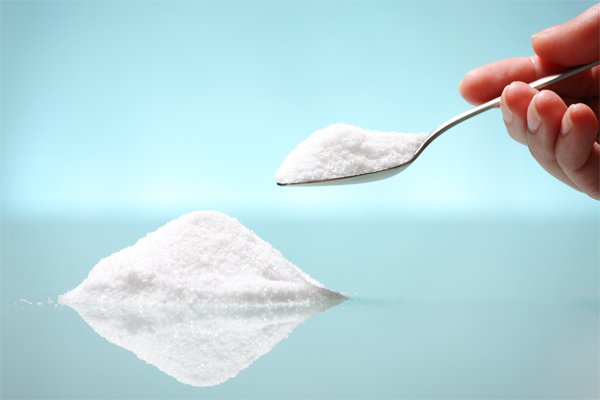There is an apparent dichotomy in the world of modern medicine. On one side are millions of doctors, researchers, and other medical professionals who swear by pharmaceuticals and scoff at herbal remedies to pain and suffering. On the other side are millions of men and women – many of whom are doctors, researchers, and other medical professionals – who believe the path to treating and curing illness involves natural solutions and that the overwhelming number of medicines on the market do more harm than good.
This seemingly one or the other situation is, in fact, a false dichotomy; both sides of the aisle have a lot in common. At the core of these similarities is the fact that the miracle ingredient found in most medicines is a substance developed by the first pharmaceutical company to ever exist: Mother Nature.
Name a commonly used drug and chances are its active ingredient or ingredients originally came from nature. The list of top prescriptions sold includes numerous drugs whose creation relied entirely on flora or fauna. The same goes for many medicines sold over the counter.
Found in Nature
In fact, the percentage of medicines derived from organic sources is probably more than most people think. According to a 2001 article from Scientific American, “Over half of all human pharmaceuticals now in use were originally derived from natural sources.” The piece goes on to present some examples, such as aspirin’s origins in the bark of willow trees and cancer drugs sourced from Madagascar periwinkle.
In some cases, the lines are blurred. For instance, hydrocodone is a semi-synthetic drug formed in part from the opium poppy, a flowering plant used for its medicinal properties for thousands of years. Other times, the organic source is not plant, but animal; Levothyroxine, a drug to treat a variety of thyroid disorders, was isolated in pure form from the extracts of swine thyroid glands.
The Original Pharmacist
As alluded to in the previous section, the trend of using naturally occurring substances as effective medication has been ongoing since the start of recorded history and certainly long beforehand. The ancient Greeks and Romans, for example, were huge fans of a fennel-type plant called silphium for its contraceptive properties. This naturally-occurring birth control was so popular throughout the ancient world it was eventually cultivated into extinction.
Indeed, “ancient” remedies are a hallmark of herbal medicine. A particular plant or other substance found in nature has been observed for thousands of years to provide positive benefits to the sick or those simply looking to get relief from a mild condition or inconvenience. It’s hard to argue with that kind of reputation, so why try? If it works, it works! When it comes to treating pain and illness, very little else matters besides whether or not the patient gets the result he or she is seeking.
Pick Your Antidote
With this in mind, a reversed take on the old saying “pick your poison” comes to mind: pick your antidote. In many instances, plant medicine provides a suitable alternative to pharmaceuticals. If someone prefers the herbal remedy and gets the results they want, stick with all-natural. If on the other hand, a person puts their faith in medical science and feels positive benefits from taking prescribed pills, that’s okay too.
Where to exercise caution is when a so-called remedy or medicine is purported to successfully treat a condition but there isn’t a matching observation in the natural or pharmaceutical world. This isn’t to say a treatment option not yet utilized by modern medicine is hogwash, and that all synthetic drugs are dangerous, it’s just that if one of these “camps” hasn’t endorsed the treatment option in any way, do your due diligence before signing on for using it in your daily regimen.
It’s Not the Conduit – It’s the Concentration
In conclusion, the concern for which is better, all-natural or pharmaceutical, comes down to concentration, not the conduit for the treatment itself. Natural occurring substances may have ingredients conducive to healing, but the quantity of active ingredient per gram of plant matter might not be enough to efficiently get the benefits. On the other hand, many of the world’s leading pharmaceuticals are many thousands of times more potent than their natural equivalent. Getting the right dosage needed for healing and not too much or too less is really the most important aspect of proper application of medicine. Everything else boils down to personal preference.












